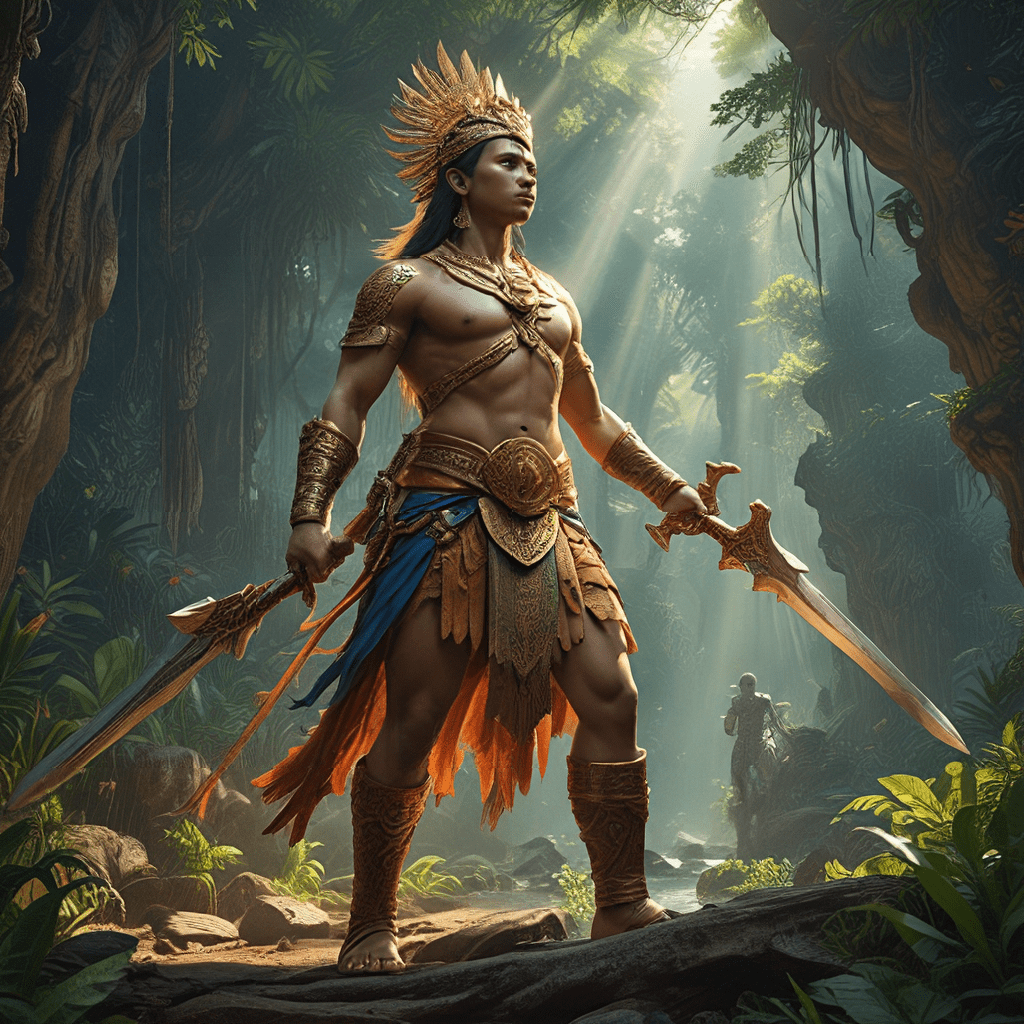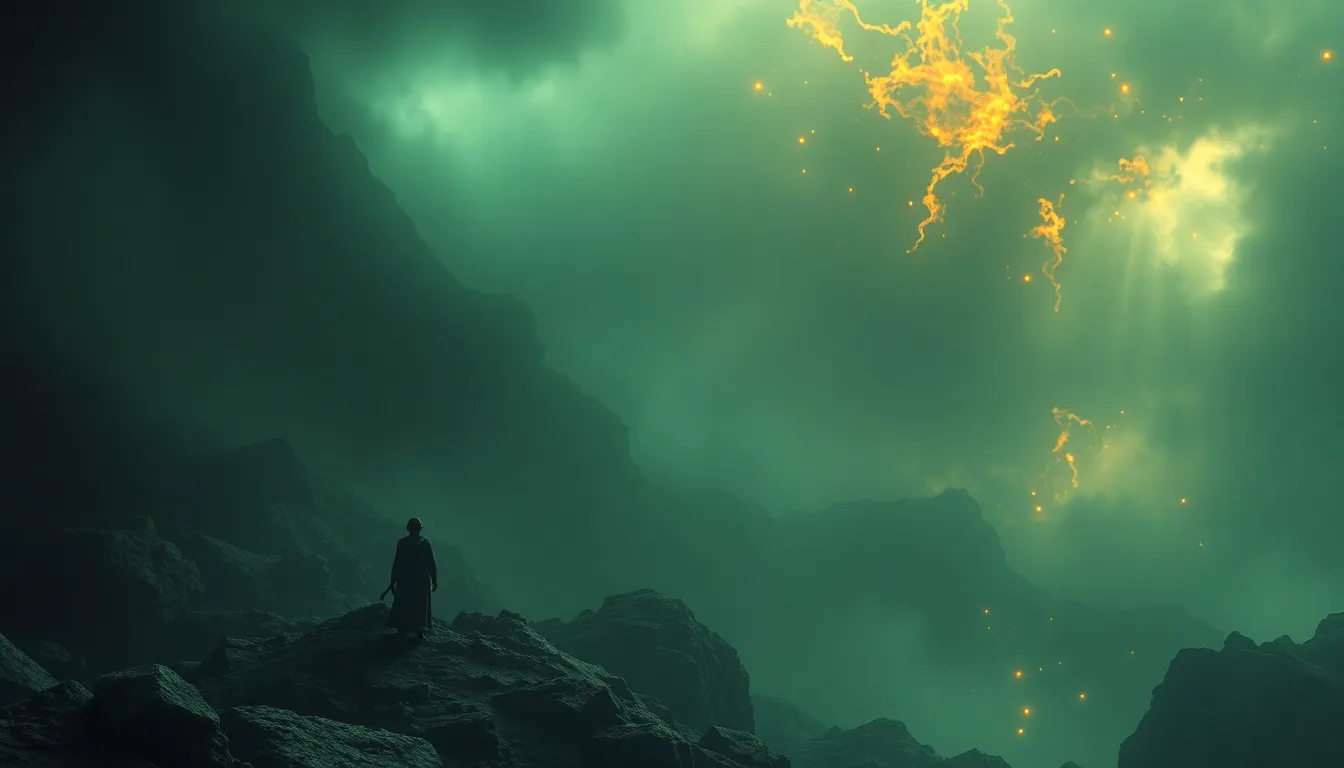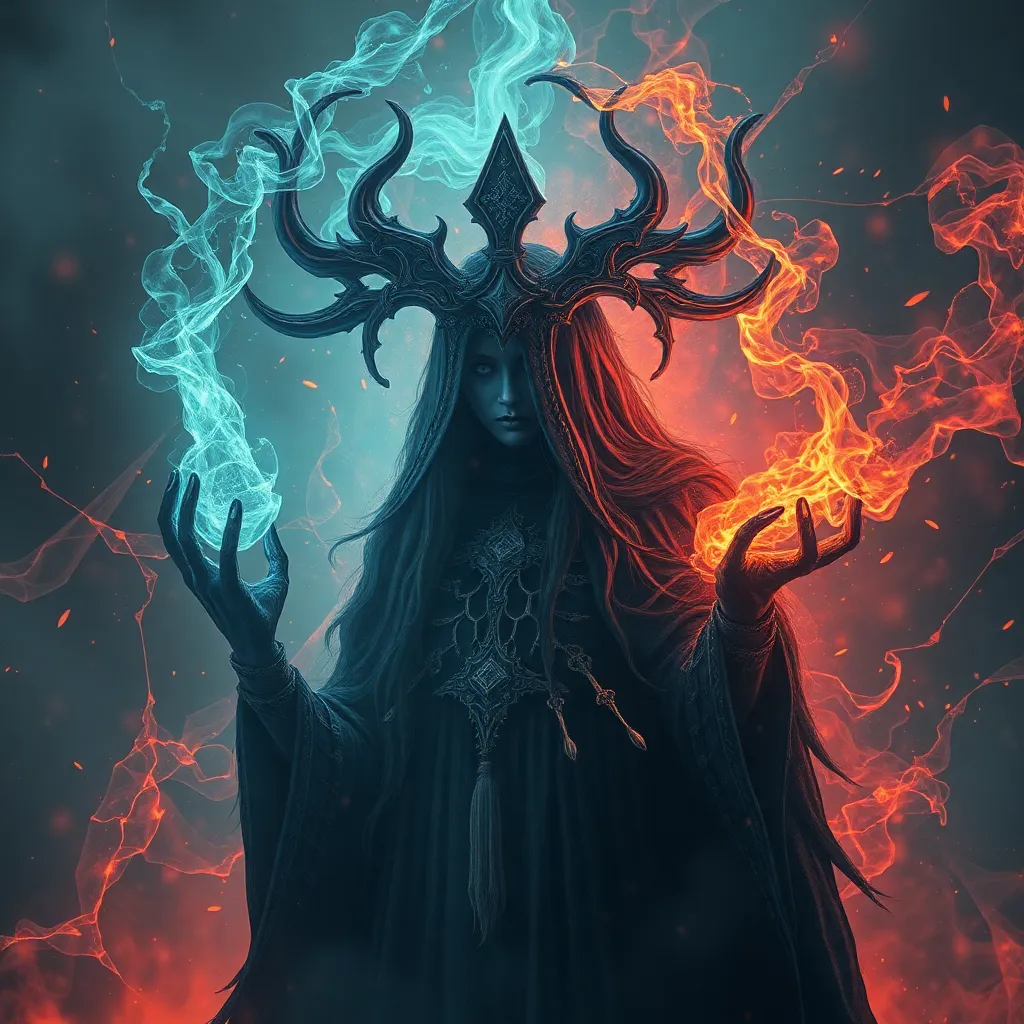A Tapestry of Myth: Exploring Filipino Mythology
The Philippines, an archipelago of over 7,000 islands, boasts a rich and vibrant tapestry of myths and legends that have been passed down through generations. Filipino mythology, a treasure trove of fantastical tales, provides a fascinating glimpse into the beliefs, values, and traditions of the Filipino people. These stories, woven into the fabric of their culture, offer a captivating exploration of the human condition, the power of nature, and the enduring spirit of adventure and bravery.
The Birth of a Nation: Creation Myths in Filipino Folklore
Filipino mythology, like most cultures, begins with creation myths. These stories explain the origins of the world, the universe, and humanity. One of the most prominent creation myths tells the story of Bathala, the supreme god, who created the world from chaos. Bathala, often depicted as a benevolent and powerful deity, is credited with shaping the land, bringing forth life, and establishing the social order. Another creation myth centers around the mythical bird, the "Manunggul Jar," which is believed to have brought the first people to the islands. These creation myths offer insights into the Filipino worldview, emphasizing the interconnectedness of nature, the divine, and humanity.
Epic Heroes and Their Deeds: The Legends of Lam-ang and Bernardo Carpio
Filipino mythology is replete with epic heroes who embody courage, strength, and loyalty. One of the most celebrated heroes is Lam-ang, a legendary warrior from the Ilocos region. His epic adventures, chronicled in the "Biag ni Lam-ang," include slaying mythical creatures, conquering treacherous landscapes, and rescuing his beloved. Notably, Lam-ang's incredible feats, like resurrecting himself after death, exemplify the Filipino belief in the power of the human spirit. Another iconic hero is Bernardo Carpio, a giant who is said to have challenged the gods and who is believed to be responsible for the formation of the Sierra Madre mountain range. The exploits of these legendary heroes, imbued with fantastical elements, inspire Filipinos with a sense of national pride and a belief in the possibility of overcoming insurmountable obstacles.
The Realm of Spirits and Supernatural Beings: From Diwata to Kapre
Filipino mythology is populated by a diverse cast of spirits and supernatural beings. Diwata, benevolent spirits who reside in nature, are often associated with beauty, grace, and the power to heal. The Kapre, on the other hand, are mischievous giant tree spirits who are believed to smoke cigars and lure unsuspecting travelers into the forest. Additionally, there are the Tikbalang, mischievous horse-like creatures who lead people astray, and the Aswang, shapeshifting creatures who feast on human flesh. These creatures, both benevolent and malevolent, represent the Filipino belief in the supernatural and the importance of respecting nature.
The Struggle Against Evil: Mythological Battles and the Triumph of Good
Throughout Filipino mythology, there is a constant struggle between good and evil. Heroes like Lam-ang and Bernardo Carpio embody the fight against the forces of darkness, battling monstrous creatures and demonic entities. These stories highlight the Filipino belief in the importance of justice, the courage to confront evil, and the ultimate triumph of good over evil. The tales of these epic battles serve as a reminder that even in the face of adversity, hope and resilience can prevail.
The Power of Ancestral Spirits: The Role of Anitos in Filipino Life
Anitos, the spirits of deceased ancestors, play a crucial role in Filipino mythology and tradition. These spirits are revered as guardians and protectors, believed to have the power to influence the lives of their descendants. Filipinos believe that anitos can bring good fortune, health, and prosperity, or conversely, misfortune and misfortune if angered. They are often invoked in rituals and ceremonies, like offerings of food and prayers, to seek their favor and guidance. Anitos are seen as intermediaries between the living and the spirit world, connecting the present generation with their ancestral past. The belief in anitos underscores the importance of family ties, respect for elders, and the enduring legacy of ancestors in Filipino culture.
Myth and Ritual: The Intertwining of Folklore and Tradition
Filipino myths are not merely stories; they are integral to the fabric of Filipino tradition and ritual. Myths provide a framework for understanding the world, explaining natural phenomena, and shaping social behavior. Many festivals and rituals are rooted in these myths, celebrating ancestral spirits, honoring deities, and marking significant moments in the agricultural cycle. For example, the "Pista ng Pahiyas" in Laguna is a celebration dedicated to the spirits of the harvest, featuring vibrant displays of fruits and vegetables. These rituals, deeply intertwined with myth, serve as a powerful reminder of the enduring connection between the past and present, and the importance of preserving tradition.
The Influence of Pre-Colonial Beliefs: Traces of Indigenous Spirituality
Before Spanish colonization, the Philippines had a rich tapestry of indigenous belief systems. These beliefs, which predate Christianity, are reflected in Filipino folklore and mythology. One prominent feature of pre-colonial spirituality was animism, the belief that spirits inhabit all things – plants, animals, and even inanimate objects. This belief is evident in the various nature spirits and deities that populate Filipino mythology. Another significant aspect of pre-colonial beliefs was the veneration of ancestors, who were considered powerful intermediaries between the living and the spirit world. This tradition continues to influence Filipino culture today, with rituals and celebrations dedicated to honoring the deceased. These traces of indigenous spirituality demonstrate the enduring legacy of pre-colonial beliefs on Filipino culture and mythology.
The Adaptability of Myth: Filipino Mythology in Modern Literature and Art
Filipino mythology has proven remarkably adaptable, finding expression in modern literature and art forms. Contemporary writers and artists draw upon these traditional tales, reinterpreting them for new audiences. For example, writers like Nick Joaquin and F. Sionil Jose have incorporated mythical elements into their works, exploring themes of identity, history, and spirituality. Filipino artists have also found inspiration in myths and legends, creating contemporary interpretations of traditional imagery, often blending indigenous aesthetics with modern techniques. This ongoing engagement with mythology ensures its ongoing relevance and vitality in contemporary Filipino culture.
Modern Interpretations and Reimaginings: A Contemporary Look at Filipino Mythology
Modern interpretations of Filipino mythology offer fresh perspectives on ancient tales. Contemporary authors, filmmakers, and artists are reimagining these stories, exploring their themes and characters in new ways. Some retellings embrace the fantastical elements of mythology, while others use them to address contemporary social issues. This reinterpretation allows for a deeper understanding of the values, beliefs, and challenges facing Filipinos today. By engaging with mythology in a modern context, Filipinos are able to find meaning and relevance in their cultural heritage.
FAQs
Q: What are some popular Filipino mythical creatures?
A: Popular Filipino mythical creatures include the Kapre (giant tree spirit), Tikbalang (mischievous horse-like creature), Aswang (shapeshifting creature), Manananggal (vampire-like creature), and Diwata (benevolent nature spirit).
Q: What are the most famous Filipino epic heroes?
A: Two of the most famous Filipino epic heroes are Lam-ang, a legendary warrior from the Ilocos region, and Bernardo Carpio, a giant who challenged the gods.
Q: How does Filipino mythology reflect the Filipino culture?
A: Filipino mythology reflects the Filipino culture's strong family ties, respect for elders, and belief in the power of nature. It also highlights a deep connection to the past and a spirit of adventure and resilience.
Q: What is the significance of Anitos in Filipino life?
A: Anitos are the spirits of ancestors who are believed to have the power to influence the lives of their descendants. They are invoked in rituals and ceremonies to seek their favor and guidance. The belief in anitos emphasizes the importance of family ties and the enduring legacy of ancestors.
Q: How is Filipino mythology being reinterpreted in modern times?
A: Contemporary artists, writers, and filmmakers are reimagining Filipino myths and legends, exploring their themes and characters in new ways. These retellings reflect the values, beliefs, and challenges facing Filipinos today.



